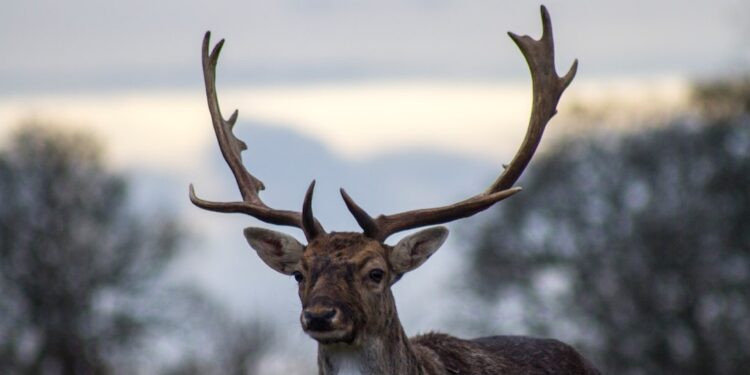The Impacts of Climate Change on Animals: Investigating How Species Are Adapting
Climate change is one of the most pressing issues of our time, with the potential to cause dramatic changes to our planet. While much focus is given to its effects on human populations and ecosystems, it is equally important to understand how climate change is impacting the animal kingdom. Animal species are facing numerous challenges as they try to adapt and survive in a rapidly changing environment. In this blog post, we will examine some of the impacts of climate change on animals and investigate how different species are coping with these challenges.
One of the most obvious ways climate change affects animals is through changes in temperature. Rising temperatures are causing shifts in weather patterns, leading to more frequent and extreme heatwaves, droughts, and storms. These climatic shifts can have severe consequences for animals, particularly those unable to regulate their body temperature efficiently. Many species, such as reptiles and amphibians, are ectothermic, meaning they rely on external sources to maintain their body temperature. As a result, they are highly vulnerable to temperature variations. Heatwaves can lead to dehydration, impaired reproduction, and even death in these animals.
The rising temperatures also affect the availability and distribution of resources necessary for animals’ survival. For instance, plants serve as a vital food source for many animals, but changes in temperature and precipitation patterns can disrupt plant growth and flowering times. This, in turn, affects herbivorous species that rely on these plants for sustenance. Similarly, predators that depend on specific prey species may also experience challenges when shifts in climate alter the distribution and abundance of their food sources.
Migration patterns are another fascinating area affected by climate change. Many animal species undertake seasonal migrations to find suitable habitats and resources, such as food, water, or breeding sites. However, the timing and routes of these migrations are largely governed by environmental cues, which are becoming increasingly unreliable due to climate change. For example, birds that rely on photoperiod or daylight length to determine when to migrate may find themselves arriving at their breeding or wintering grounds out of sync with critical resources, reducing their chances of successful reproduction.
While the impacts of climate change on animals may seem dire, it is also important to recognize their remarkable ability to adapt. Natural selection favors individuals with traits that allow them to cope more effectively with changing conditions. Some species are already displaying behavioral and physiological adaptations. For instance, researchers have observed birds nesting earlier in response to earlier springs, rodents evolving smaller body sizes to better tolerate increasing temperatures, and some butterfly species shifting their ranges poleward.
In addition to these evolutionary responses, certain animals exhibit behavioral plasticity, which allows them to modify their behaviors to adapt to a changing environment without altering their genetic makeup. This flexibility can be seen in various ways, such as changes in feeding habits, altering migration routes, or adjusting mating behaviors. For instance, some bird species have been observed changing their diets to adapt to shifts in food availability caused by changing climates.
However, it is important to note that not all species possess the same capacity for adaptation. Some animals, particularly those with smaller population sizes or specialized habitat requirements, may struggle to adapt quickly enough and face the risk of extinction. This is a cause for concern, as the loss of any species can disrupt entire ecosystems and have far-reaching consequences.
Therefore, it is imperative that we take action to mitigate the impacts of climate change and protect vulnerable animal populations. Efforts such as reducing greenhouse gas emissions, enhancing habitat conservation, and implementing wildlife corridors can help provide the necessary tools for animals to adapt and survive in a changing world. Additionally, scientific research and monitoring programs should be expanded and strengthened to better understand the impacts of climate change on animals and inform conservation strategies.
In conclusion, climate change poses significant challenges to animal species worldwide. Rising temperatures, changes in resource availability, and disruptions to migration patterns are just a few of the impacts being observed. However, animals also exhibit remarkable adaptations and behavioral plasticity in response to these challenges. It is essential that we prioritize conservation efforts to ensure the long-term survival of animal populations and thereby protect the intricate web of life on our planet. By taking actions at individual, community, and global levels, we can make a difference in safeguarding the biodiversity and resilience of our planet’s animal species.















